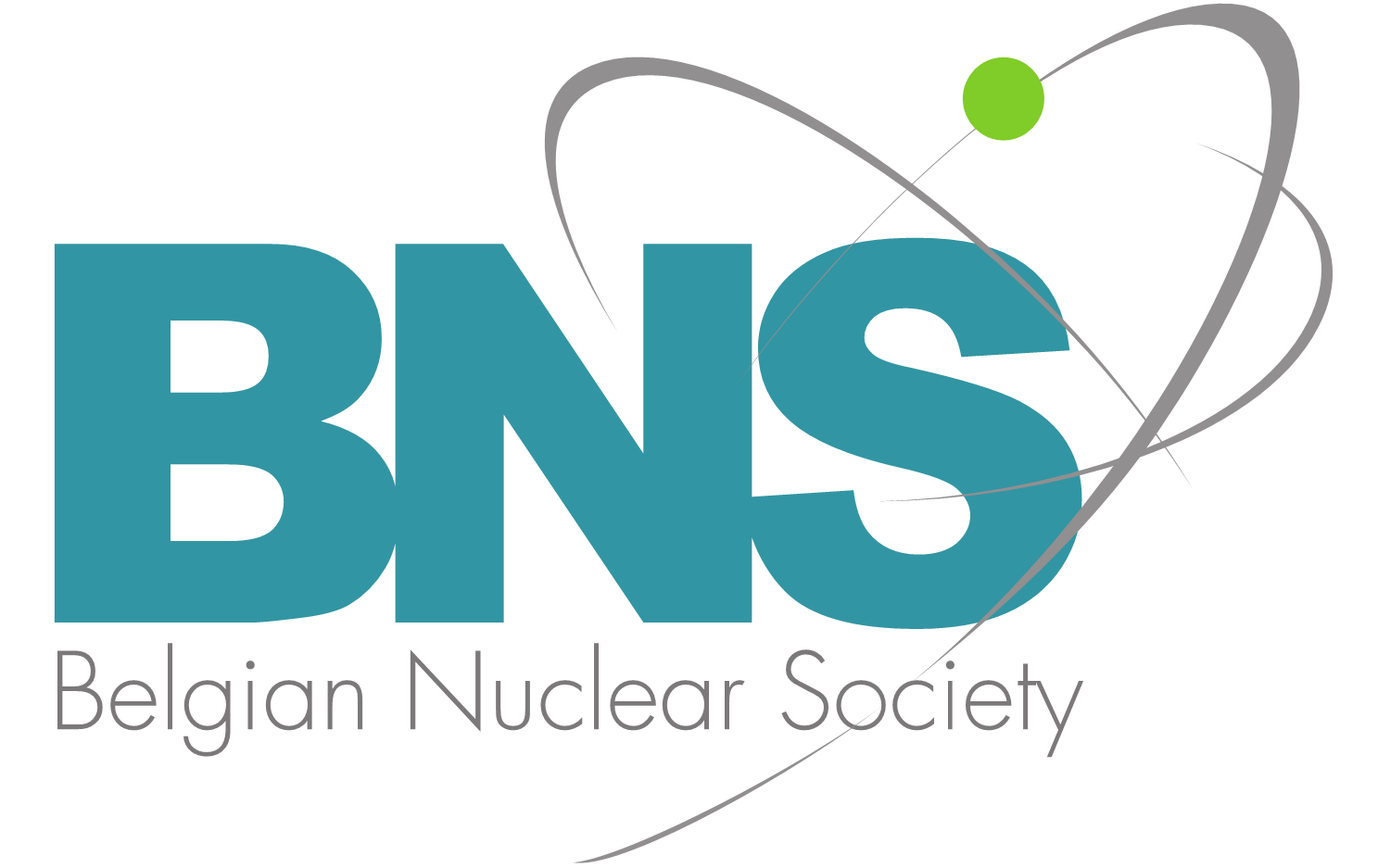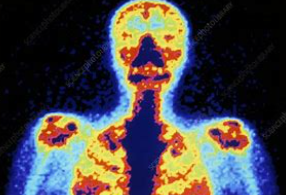Speaker
-
 Guy Bormans
Guy BormansGuy Bormans graduated as a pharmacist at the KU Leuven in 1986. He obtained his PhD in 1990 at the Lab of Radiopharmacy KU Leuven (Belgium) based on research with technetium 99m labeled compounds for visualization of kidney function. Subsequently he did a postdoc in PET radiochemistry in the University of Michigan USA and returned to the KU Leuven to build out research with PET radiopharmaceuticals labeled with fluorine-18 and carbon-11. Guy Bormans is currently the head of the laboratory of Radiopharmaceutical Research at the KU Leuven. He has co-authored more than 500 peer reviewed publications (Web of science). His area of research covers radiosynthesis, QC, in vitro and in vivo evaluation and validation of radiopharmaceuticals, translation of radiopharmaceuticals to clinical use as well as regulatory aspects of radiopharmaceuticals.

